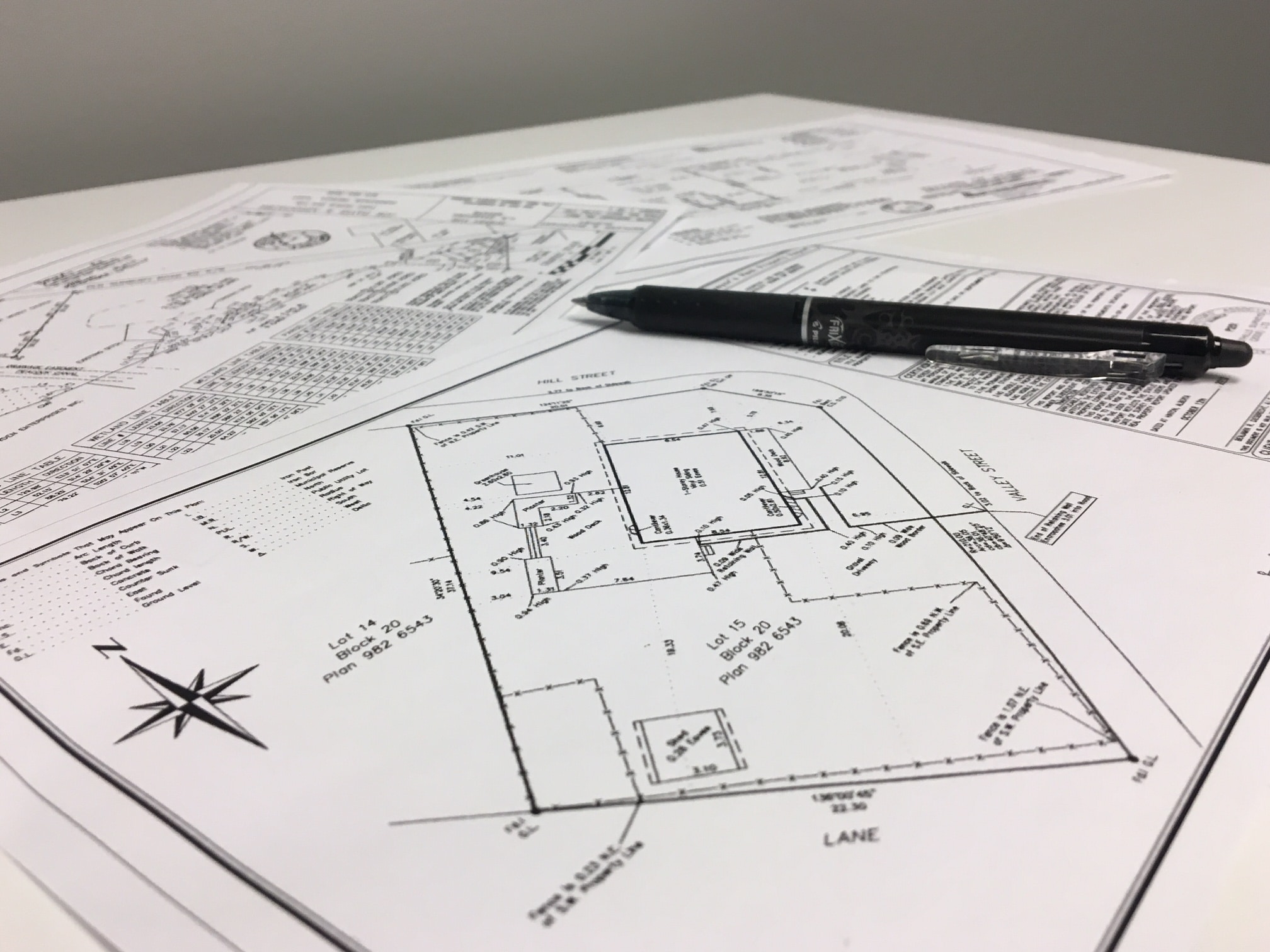Real Estate Buyer Services
A realtor plays a pivotal role in guiding homebuyers through the complex process of purchasing a home, whether it is an existing home or a new home build. Here’s an overview of the primary steps a realtor takes to assist buyers:
Step 1: Initial Consultation and Financial Preparation
-
Assessing Needs and Budget: Begin by understanding the buyer’s preferences, desired location, budget, and specific requirements.
-
Mortgage Pre-Approval: Obtaining mortgage pre-approval to determine a realistic budget and strengthen the buyer’s position with sellers.
- Verification of Funds for Purchase: Cash buyers will need to provide proof of funds (account numbers redacted) to demonstrate their ability to purchase. When making an offer on a property, this will be included with the offer documents. Buyers who are pre-approved for a mortgage will also need to verify funds to close such as downpayment and closing costs.





